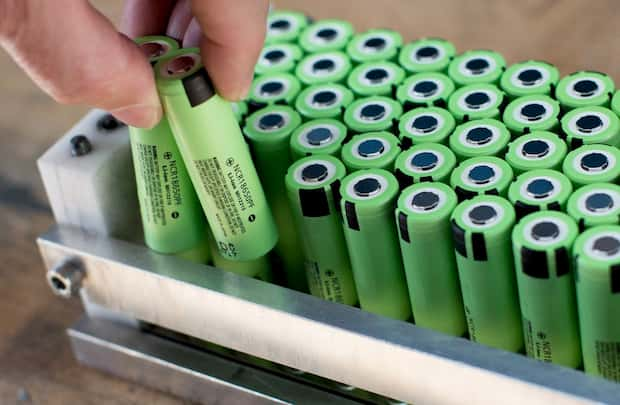The first point of failure of smart devices is oftentimes the battery. Unfortunately, most smart devices come with a battery that has a limited lifespan, and it’s purposely made to deteriorate over time so that after a few years you’d have to buy a new one, or get a new phone or laptop altogether. The same thing applies to electronic devices of all kinds, including remote-controlled toys, radio equipment, drones, etc. Luckily though, once the stock battery of your electronic device fails, you can buy a suitable replacement that’s going to meet the specific needs of the application.

For most of the aforementioned electronics, Li-ion batteries are arguably the best option for the price they come at. They are becoming more and more popular as the years go by as they’re still a relatively new technology that has tons of room for improvement. To get a better understanding of what makes Li-ion batteries the preferred choice, you should get familiar with the unique advantages they offer over other types of batteries. However, as I just mentioned, they aren’t perfect and still got a long way to go, so they also have some disadvantages that you need to weigh against the advantages and see for yourself whether they’re the best option for your application or not.

The main advantage of lithium-ion batteries is their high energy density. With most electronic devices needing to operate longer between charges while consuming high amounts of power, the higher the density of the battery that operates them, the better. With that said, these batteries are used for anything from the simplest toys to the most advanced electric vehicles. When shopping for a lithium ion battery purchase one that’s made from a reputable brand to make sure you’re buying a quality product that won’t compromise the performance and longevity of the device you need to power. Some brands specialise in making batteries for specific applications, so do your due diligence and shop accordingly.
Further, unlike most rechargeable batteries, lithium-ion cells have a much lower discharge rate. Usually, they lose about 5% in the first hour of being charged, but then that discharge rate drops to about 1%. Additionally, they don’t require maintenance to keep their performance. Ni-cad cells, for instance, need a periodic discharge so that they don’t exhibit a memory effect. And while most rechargeable cells require priming when receiving their first charge, lithium-ion batteries don’t. Lastly, as briefly aforementioned, there are many different types of li-ion cells, so when shopping, so when shopping for a lithium ion battery purchase a type that fits the specific needs for the particular application needed. Some types provide a high current density, making them ideal for consumer mobile devices whereas others provide higher current levels that are ideal for powering electric vehicles or power tools.

However, these batteries also have disadvantages. For starters, they aren’t as robust as other rechargeable batteries, and they require protection from being discharged and overcharged too much. additionally, their current needs to be kept within safe limits. But these issues are easily negated thanks to modern integrated circuit tech, which enables the use of these batteries without any special knowledge, and it allows you to leave them on charge even after they’ve been fully charged since the charger will just cut the power supply to the battery once it sees it’s full. Another disadvantage that these batteries have is aging. However, this isn’t unique to li-ion batteries, and it isn’t only time-related, but also the number of charges and discharge cycles the battery has gone through. All batteries have a limited life cycle before their capacity starts failing. But as technology moves forward, the number of cycles batteries can withstand without losing their capacity increases.
Frequently Asked Questions
Can You Carry Lithium Ion Batteries on a Plane?
Yes, but only if they’re in your carry on, alongside your power banks, laptop batteries, chargers, etc. Further, all the batteries you carry must be for personal use, and never for sale or distribution. There’s a limit of 2 spare batteries per passenger for larger lithium-ion batteries with the capacity above 100 watt-hours per battery.
Should Lithium Ion Batteries Be Fully Discharged Before Charging?
No. As aforementioned, these batteries don’t have a charge memory. In fact, it actually benefits the battery to use partial-discharge cycles. However, experts say that after about 20-30 charges, you should allow the battery to discharge almost completely.
Why Do lithium Ion Batteries Die?
There are various reasons why your batteries may die, but the two most common ones for li-ion batteries are damage from high-temperature exposure and many charging and discharging cycles breaking down the process of the ions travelling back and forth between the electrodes. This is why the batteries need to be stored in a cool storage area.


